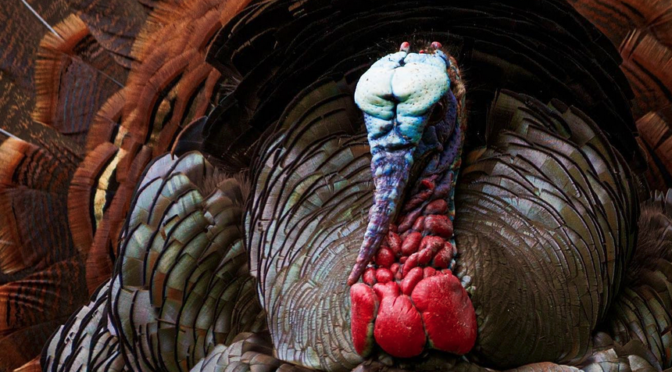Category Archives: Uncategorized
Wintertime Field Sparrows in central North Carolina
By Sally Siko
Though they aren’t the most colorful bird around, I’m always delighted to encounter Field Sparrows when birding throughout the year in North Carolina.
I spotted this little one snacking on some grass seeds near the Sandhills Gamelands Campground in Hoffman NC.

Unlike other species of sparrows which can be tough to identify, Field Sparrows are relatively easy to ID by that white eye ring, orange feet, orange legs and orange beak. They’ve also got a light tannish-orange patch of color behind their eyes and a clear un-spotted grey belly.






Field Sparrows are best found in overgrown fields, clearcuts, maritime thickets, and woodland borders, always where there is a thick grass and scattered shrubs and saplings.
Their proclivity to spend most of their time in open areas and curious disposition makes them an effortless bird to photograph as I was able to get within just a few feet of this bird without it’s concern.
These lovely feathered gems spend the entire year throughout the state of North Carolina so your odds of seeing one soon are pretty good no matter when you step outside.
Aren’t they lovely?
Photos by @sally_siko of @bestlife_birding captured on my mighty mirrorless monster, the @canonusa #R5
Eastern Wild Turkeys in the mountains of NC
I was pleased to spend some time this past weekend with a small flock of Eastern Wild Turkeys at the Cataloochee Elk Viewing Area of the Great Smokey Mountains NP in western NC.
It was so cool to watch this large Tom fan out his feathers and put on a display to impress a nearby hen or to try and intimidate his wing man away from said-hen lol!
A year round resident, the Eastern wild Turkey is found in nearly every county here in North Carolina. As a flock, they’re skittish birds which in my experience, are best photographed from belly down in the grass perspective as not to spook them off.
These large birds are constantly on the move, always on the lookout for a new snack (nuts, seeds, grains, insects and small fruits) to gobble down 😉They’re most frequently observed foraging in the early morning hours around sunrise, and will also feed actively in the evening before darkness sets in.

Turkeys are interesting birds.
Did you know that Wild Turkeys are ground nesters and will lay around a dozen eggs per clutch?
That’s a lot of eggs and the hen doesn’t lay them all at once. Instead she’ll lay one egg per day but will not begin incubating them all until the last egg is laid.
Although the first laid eggs will get cold (exposed to the elements) during the first few weeks, the fascinating thing is that the embryos in the eggs will not start to develop until the hen starts warming her clutch by sitting on the nest after all the eggs have been laid.
This ensures that even though there was a two week difference between the first egg & last egg being laid, the entire clutch will hatch at the same time!






The Eastern Wild Turkey is a year round resident of North Carolina. They are found in all 100 of our counties and unlike other species of birds, thanks to conservation efforts (and the decline of large predators) their population is actually on the increase!
Look for them in open, tree lined fields in the morning and evenings throughout the Tarheel state.
Photos by @sally_siko of @bestlife_birding on my mighty mirrorless monster, the @canonusa #R5
Brown headed Nuthatches in the Sandhills of North Carolina
By Sally Siko
Have you ever heard the sound of what seems to be a squeaky toy emanating from the treetops here in North Carolina? You may have just had an encounter with a brown-headed Nuthatch.
I spotted this little one while birding this past weekend at the Weymouth Woods Sandhills Preserve.
This bird’s diminutive size and active lifestyle make it tough to spot, but once you know what to look and listen for, you’ll realize it is a common year-round resident throughout our state’s pine woods.
By virtue of their strong, sharp claws, brown-headed Nuthatches are capable of crawling head-first down the trunk of trees as easily as going up. Their coloration creates perfect camouflage against the tree trunks that the birds can be found foraging on, in search of seeds and insects.

Though the Brown headed Nuthatch is found throughout the entire state of N.C. though they’re most commonly seen in the piedmont and coastal plain regions. Their preference of habitats include mature and open longleaf pine stands found in the dry Sandhills areas, however, they also can be spotted in open areas of loblolly and shortleaf pine stands found near ponds and lakes.
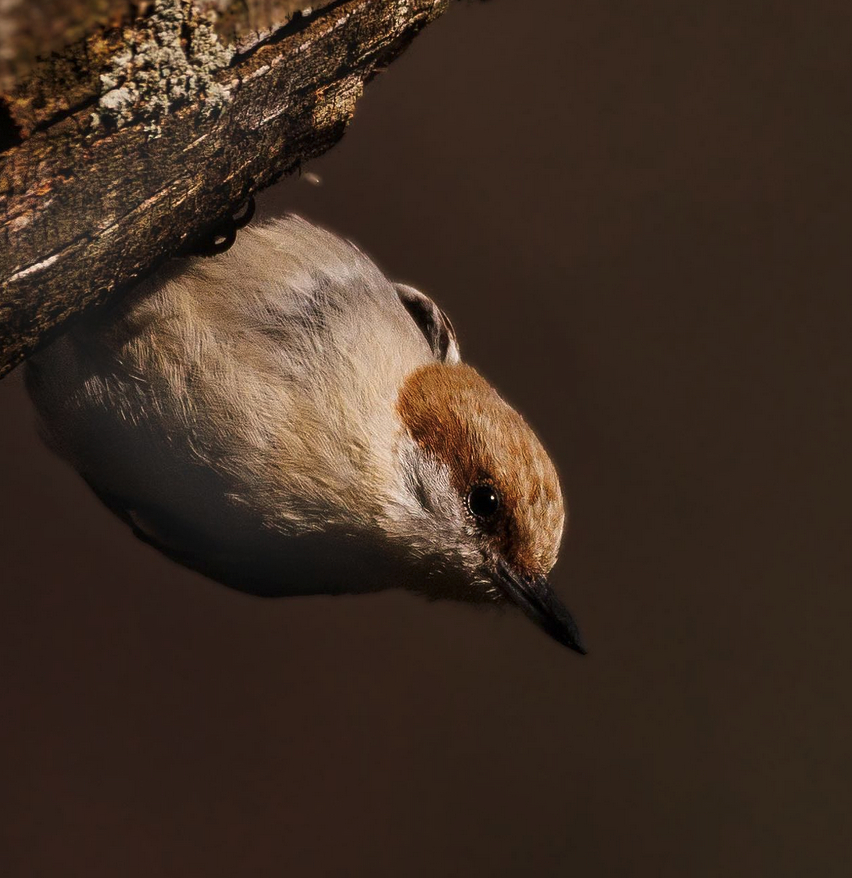

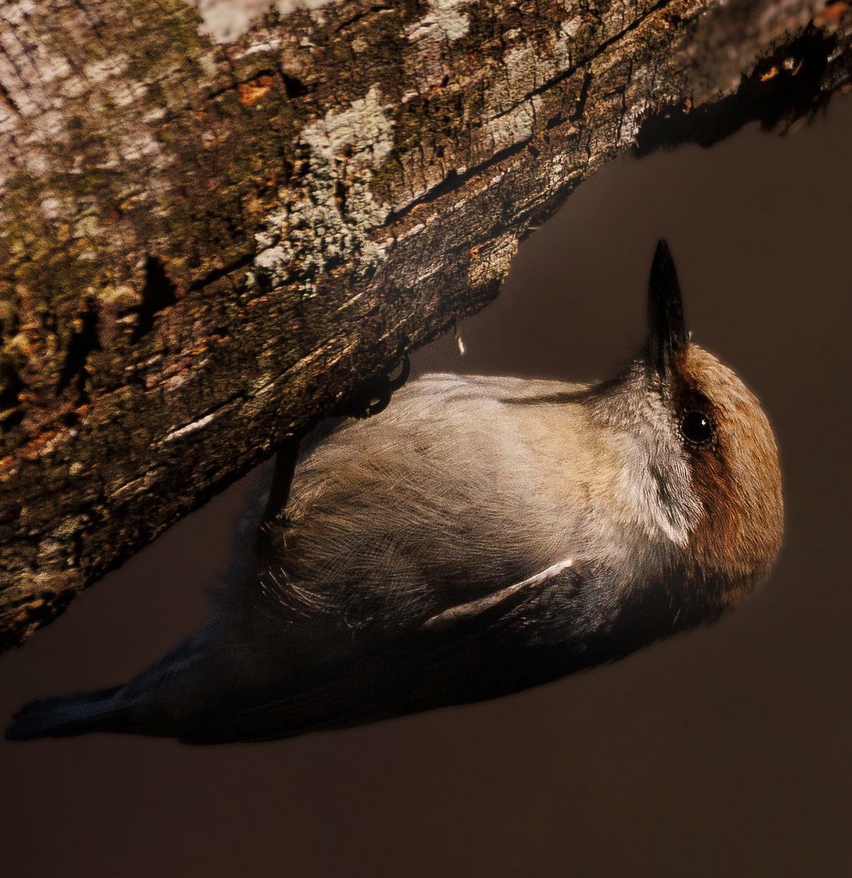
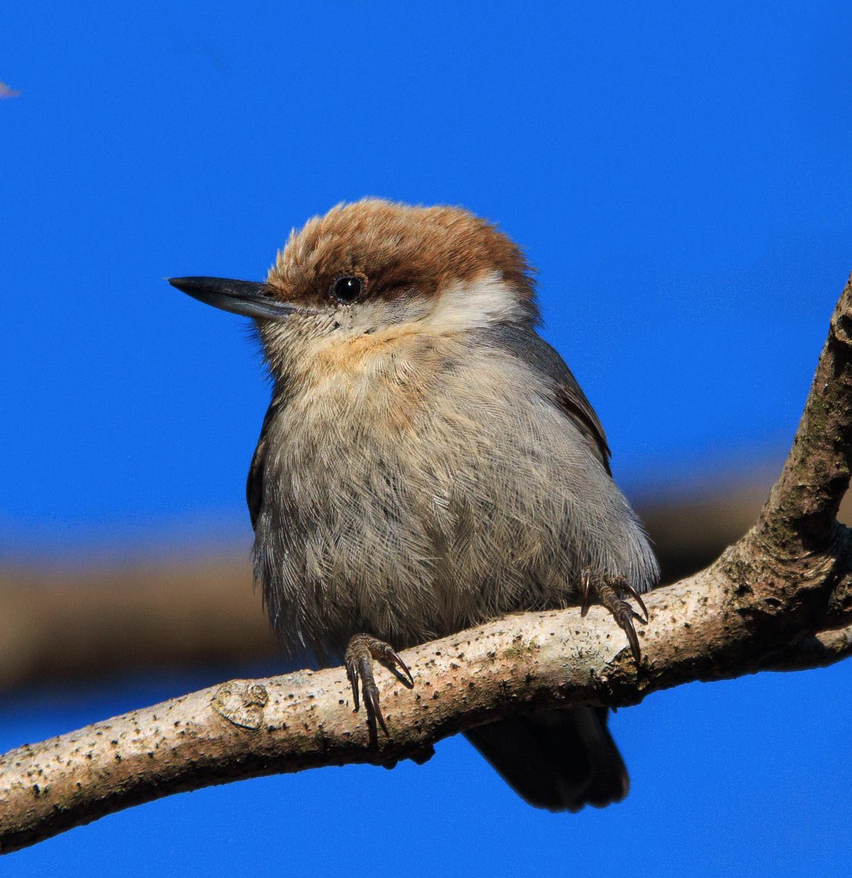

As you might expect given the Brown headed Nuthatches proclivity to foraging pine forests, they eat their fare share of pine seeds. Being omnivores, they also consume a large number of insects, larvae and spiders too.In fact these clever creatures are one of a few species of birds in the world to use tools to access the insects hidden beneath the bark of trees.Using a short (but strong) stick, they’ll pry away the bark from the trunk to find a six or eight legged meal hiding inside.Pretty neat huh?
Photos by @sally_siko of @bestlife_birding on my mighty mirrorless monster, the @canonusa #R5
New bird watching trip announcement- Spring Migration Birding Tour at High Island, TX
By Sally Siko

Hi everyone!
So perhaps like a few of you out there, I’ve yearned to kick life’s everyday responsibilities to the curb and setting off to go do a Big Year.
Imagine, traveling the US in search of new birds as much as possible!
See the country, eat in local restaurants, sleep in odd hotels, AirB&Bs or even in the car when the situation calls for it.
Really embrace that living in the moment feeling of satisfaction when laying eyes on a new bird for the first time after traveling a thousand miles to see it.
Swoon!!!
Sounds like a dream come true 😉

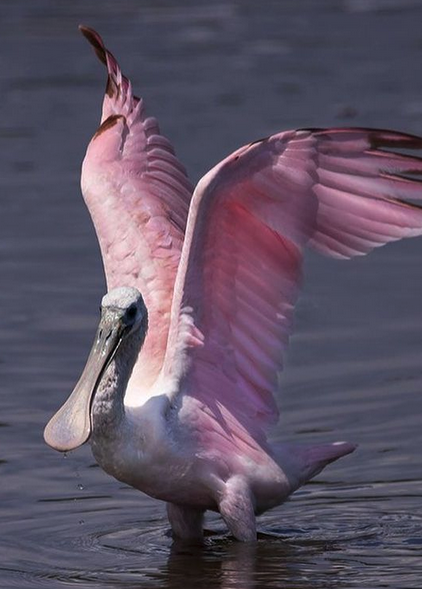

But for now, as a grounded mom of two and a business owner, I’ve got to sit tight and wait for the opportunity to come where I can take off a year to do that.
Sigh..
Still just because I can’t hit the road today doesn’t mean that I can’t get out there to visit all of those dream birding spots over the next year in short trips.
Plus traveling with likeminded birding /photographer friends makes for a much better time!


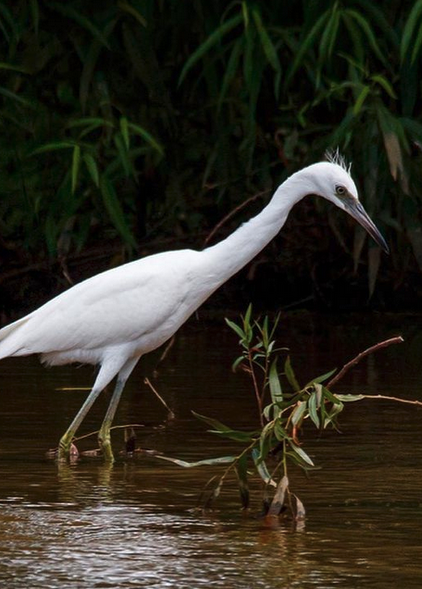
That’s why I’ve been working on putting together some new tours across the US including this one next April 27th & 28th, 2023 on High Island, Texas!
Yep.
That High Island!
It’s the location of that epic bird fallout scene in the movie “The Big Year”.
With an eBird list topping over 300 species of birds combined with woods, wetlands and raised boardwalk paths, it’s easy to understand why High Island TX is the crown jewel of Gulf cost birding.
Especially during spring migration!
Pretty sweet, huh?
Heck the only downside is that I have to wait until next April to go lol!!
This tour will be held over a course of two days in multiple locations along the Bolivar Peninsula during spring migration.
If you’d like to join me April 2023 in Texas, check out the link below for booking details.
BIRDING TOURS AT HIGH ISLAND TEXAS
Let’s get after it my friends!

Protected: Welcome to the first annual No Pants Birding meeting!
Wintertime birding at Bass lake Park: A hermit Thrush encounter
While birding at Bass Lake Park in Holly Springs NC yesterday, I was lucky enough to spot 6 Hermit Thrushes along the trail within just a few minutes.
This was exciting because I’d never seen so many in one place before!
With that soft reddish buff brown plumage paired with a speckled white breast, these little birds are simply lovely.
Even more so is their incredible song! They sound something like a flute playing an airy melody in which the notes rise and fall with a delicate, yet complex rhythm.
I can’t think of an other species of bird that sings this sweetly 🙂
The Hermit Thrush is a wintertime resident of North Carolina and they generally stick around until mid to late April before departing to their breeding grounds in the northern & western regions of the United States and Canada.
There are even a few year-round resident Hermit Thrushes that nest in the higher elevations of the Appalachian Mountains here on the east coast.
Pretty cool huh?
During the colder months their diet includes elderberries, pokeberries, holly berries, serviceberries, grapes, mistletoe berries, as well as any insects, worms or grubs it can find.
Preferring to stay close to stands of Holly trees and other broadleaf conifers, they are best found in the mid to low canopy levels of a forest, tangled brushy thickets near bodies of water or even while scraping through the leaf litter on the ground in search of a meal.
Bass Lake Park is a perfect example of their favored habitat so keep an ear out for them if you ever have a chance to visit!
Photos by @sally_siko of @birdwatching_nc on the fabulous full frame @canonusa
#5Ds
Blue headed Vireo encounter on the Blue ridge Parkway in western N.C.
By far, the friendliest birds encountered last week during the birding tour I hosted in western NC were the Blue-headed Vireos!

This one was watching me carefully from the shadows and I was unable to get a proper view of him. Still, it was a good moment!
A short hike up the mountain a few minutes later yielded more of them which gave me a nice opportunity to grab a portrait one perching on a branch the morning sun.
Check out the second pic in this post to get a closer look at this beauty!

These energetic little birds were relatively easy to find by listening for their loud calls in the woods. The syllables of Blue-headed Vireo songs are set off from one another separated by long rests. Each note is clear and loud, resulting in a ringing out effect which may be heard for very long distance echoing through the trees.
Their songs are successive pattern of rising and falling notes, sometimes with regular alternation, as if the bird asks a question, then answers itself thus earning the nickname of the “question-and-answer bird”.
Blue-headed Vireos prefer evergreen forests with spruce, fir, hemlock, and pine, or conifers. They may also be spotted foraging for a six or eight legged meal in deciduous growth that may be made up of alder and willow shrubs as under story, or that include poplar, birch, and/or maple trees in varying numbers.
They are found throughout North Carolina year round but primarily breed in the mountains during the summer while spending the winter months in the southeastern part of the state.
When spring migration gets underway once again in April, they may also be found in greater numbers in the Piedmont region as they make their way north & west out of their southern wintering grounds .
🙂
Photos by @sally_siko of @birdwatching_nc on the fabulous full frame SLR, the @canonusa
#5Ds
Birding at yates Mill County Park
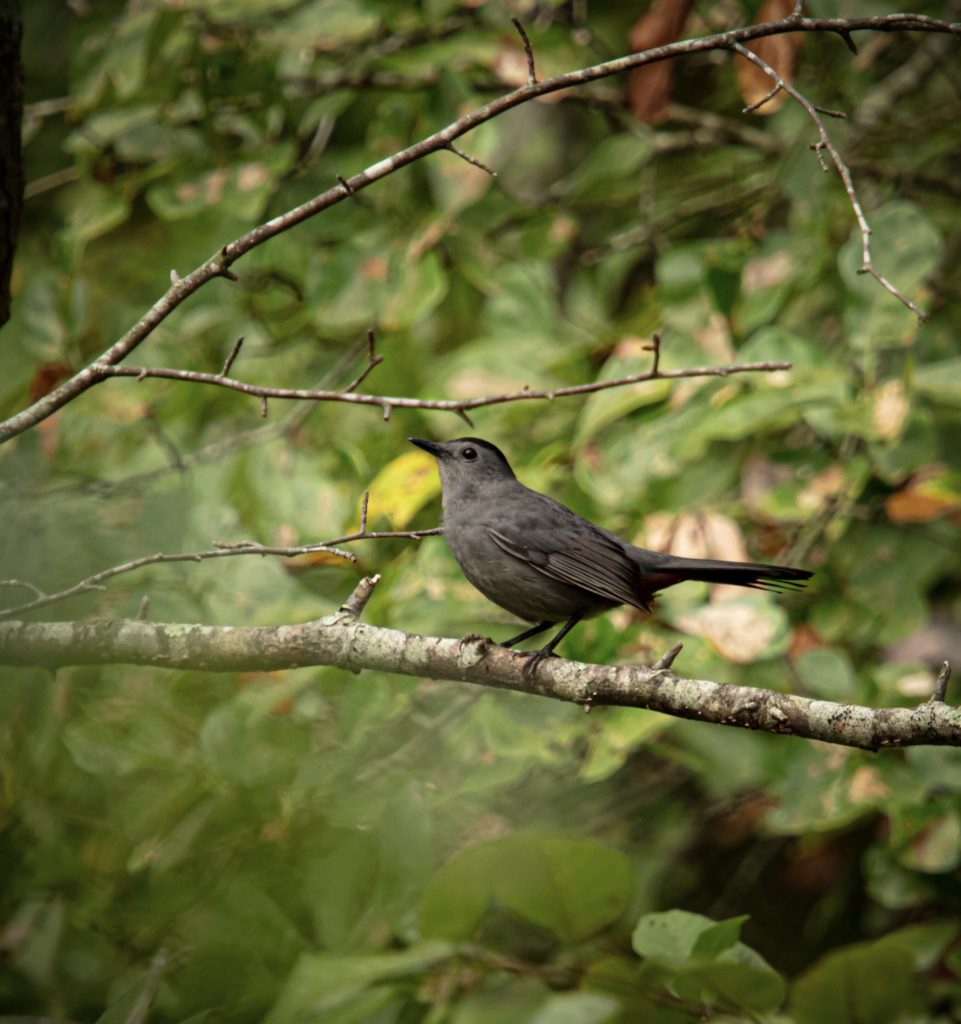
One of my favorites, the Gray Catbird!
I spotted a few of them while birding at Yates Mill County Park in Raleigh, N.C. recently. These secretive birds are often heard, but not seen when walking along the trail. Normally they stick to hanging out in the shadows of dense brushy undergrowth which makes getting a proper view of one a bit difficult at times.
Was stoked to get a clean photo of this beauty before he disappeared back into the shade!
In
addition to Catbirds, I also documented 16 other species (including a
lifer of white-eyed Vireo) in the span of about 90 minutes walking
around the Park.
Here’s my eBird list of what I saw… Yates Mill County Park
Oct 1, 2019
8:00 AM
Stationary
90 Minutes
All birds reported? Yes
Comments: Submitted from eBird for iOS, version 1.9.5 Build 17
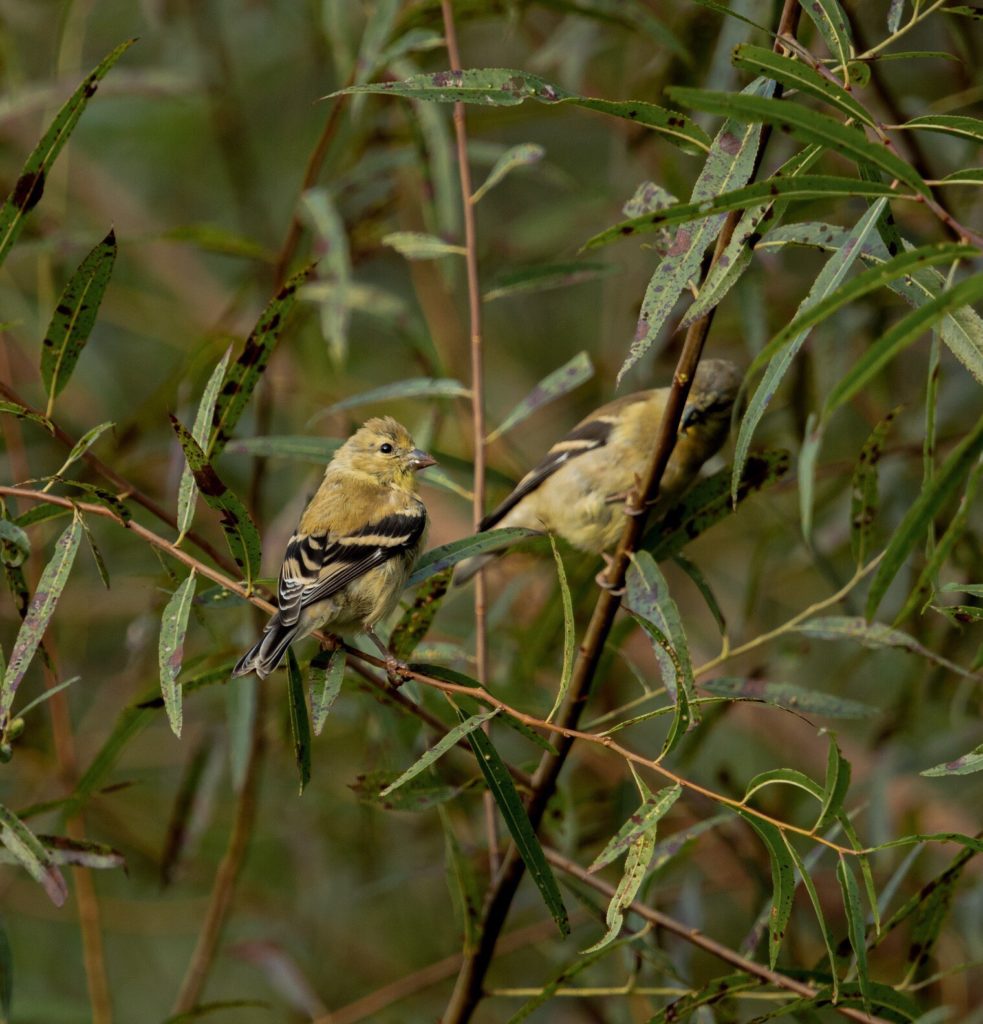
1 Great Egret
2 Turkey Vulture
1 Red-shouldered Hawk
1 Eastern Wood-Pewee
1 White-eyed Vireo
2 Blue Jay
46 American Crow
5 Carolina Chickadee
4 Tufted Titmouse
4 Gray Catbird
2 Brown Thrasher
3 American Goldfinch
2 Song Sparrow
7 Common Yellowthroat
4 American Redstart
3 Northern Cardinal
2 Indigo Bunting
Number of Taxa: 17
Not a bad morning! 😃
Btw, are you new to using eBird or want to learn how this listing system is used?
Here’s a helpful post to get you started!
https://www.audubon.org/news/how-use-ebird
Happy birding!
Photo by @sally_siko
Canon 5Ds
Field Notes: Birding at Bass Lake Park
By: Admin Sally Siko
Yesterday, I went out birding in search of Warblers at Bass Lake Park in Holly Springs, North Carolina. I arrived when the gates opened at 8am, and spent about an hour or so on the trail.
There were plenty of Common Yellow-Throated and Black and White Warblers hiding in the brush at the edge of the water. They were nearly tame and were surprisingly easy to photograph. Then a few yards down the path, I got lucky and spotted my first Veery high up in a tree. Awesome!
On my way back to the parking lot, I snapped off a few photos of a flock of Blue-winged Teal as they flew over the lake. I’ve never seen these ducks in the wild before. That made for two lifers spotted in one trip. Truly a great morning of birding!
BIRDS SEEN:
Here’s a rundown of the species which I submitted to my eBird list last night…
Bass Lake (Wake Co.)
Sep 26, 2019
8:13 AM
90 Minutes
All birds reported? Yes
Comments: Submitted from eBird for iOS, version 1.9.3 Build 13
41 Blue-winged Teal
3 Mallard
1 Yellow-billed Cuckoo
2 Killdeer
1 Great Blue Heron
1 Osprey
2 Blue Jay
1 Carolina Chickadee
4 Tufted Titmouse
4 Carolina Wren
1 Gray Catbird
1 Brown Thrasher
3 Eastern Bluebird
2 Veery
2 American Robin
2 Black-and-white Warbler
4 Common Yellowthroat
1 American Redstart
4 Northern Parula
1 Pine Warbler
5 Northern Cardinal
Number of Taxa: 21
LOCATION INFORMATION & NOTES:
If you plan on visiting Bass Lake Park, keep in mind that it is a busy place. There are a ton of joggers and dog walkers along the trail however, the birds seemed to not care a bit about their presence. The warblers were especially tame and I was able to get quite close to them without stressing them out.
Bass Lake Park opens at 8am. There are two parking areas on either ends of the lake. Get there early for the best birding and remember to bring water on the hot days because half of the trail is lit by the full morning sun.
Check out the website for the park at https://hollyspringsnc.us/320/Bass-Lake-Park
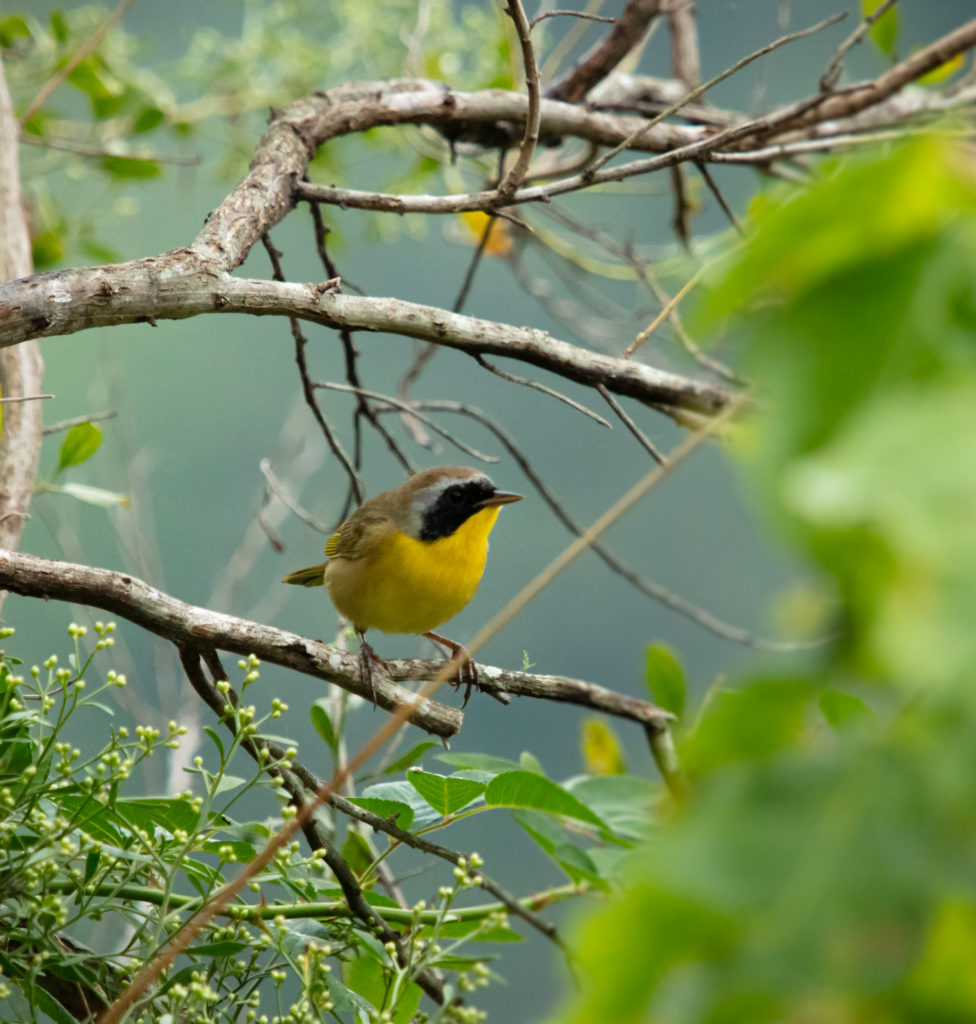








Birdwatching N.C. is an affiliate advertising partner with a carefully curated group of optic companies, camera manufacturers and other bird focused vendors. We receive a small commission from every sale at no additional cost to you.
 |
Bushnell PowerView 10×42 Binoculars Bushnell PowerView binoculars are the powerhouse of the binocular industry. They’re the optimum combination of performance and value for any pursuit. Features such as soft-touch grip pads put them a notch above the rest, and everything looks better through bright, clear fully coated optics. And Bushnell purposely crafted these binoculars with a lightweight, streamlined design so you never have to go without them. The ultimate go-anywhere, do-anything binocular accommodates everything from an extended backcountry hike to a short run to the concert hall. |


